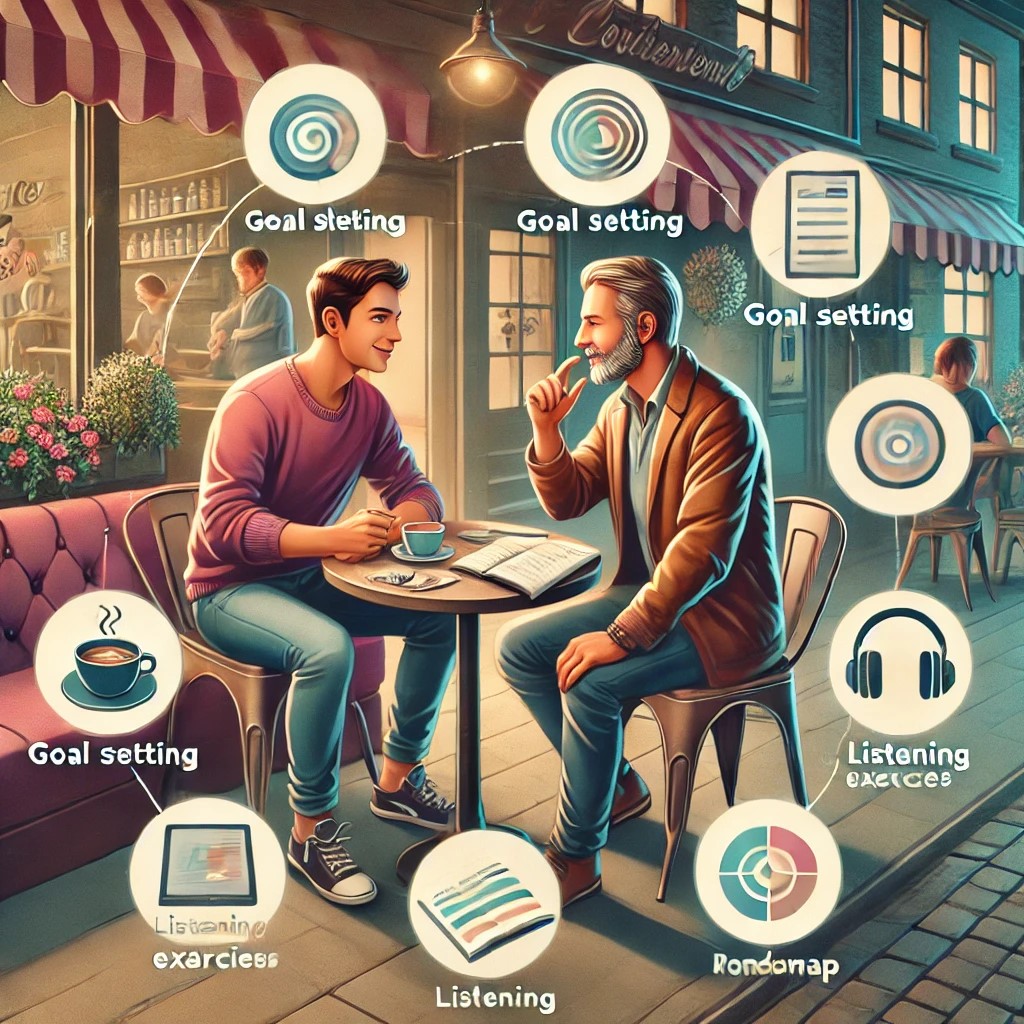
In the previous post, I talked about the good and bad reasons for doing an assessment of your language abilities, making the case that a multi-faceted, forward-reaching, practical assessment could be an important part of maintaining motivation and continuing to progress in a language.
But if this assessment is to be “multi-faceted,” what kinds of skills should be assessed? That’s the subject of these next two posts.
First of all, make sure to test all the major categories of language proficiencies, rather than focusing on just one category. It is common for oral language assessments to evaluate only a learner’s speaking ability. (Written tests, however, will commonly focus on reading comprehension.)
Yet speaking and oral comprehension are separate skills and should be treated as such. (For example, many people who have taken language courses in school could produce a number of sentences in a given language, but couldn’t understand a native speaker saying those same sentences to them.) So be sure to include all the categories of language skills, unless you have a good reason not to.
And what are those categories? I believe there are five:
- Listening comprehension
- Speaking
- Negotiation of meaning/conversational skills
- Reading
- Writing
Because I work with primarily oral languages, I’ll just discuss the proficiencies within the first three categories. First, under listening comprehension, I look for the following skills:
- Speed: What rate of speech is the learner able to follow? Rapid, slurred speech? Speech of a normal rate? Slowed speech? Painfully slow speech? You can test this by taking a few different utterances (sentences, paragraphs, full discourses, etc.) which should be reasonably understandable for the learner, and have them read (or played digitally) at different rates of speech (generally going down in speed) until he or she can understand what is being said. Speed is one of the biggest hang-ups for learners: they often don’t have the processing speed necessary to understand people speaking at a normal rate of speech.
- Complex Structures: By this I mean the grammatical complexity of a word. Some languages allow you to put many pieces of meaning (called “morphemes”) into one word, which can create a pretty confusing conglomeration for language learners. For example, you can say “I didn’t bring it to him” in many dialects of Arabic with just one word. Learners in languages like these will need a well-developed comprehension ability which can take in complex words like those, understand them readily, and put them into their context. You can test this by using a lot of these kinds of words in a story and seeing how well the learner can follow.
Make sure to test all the major categories of language proficiencies!
- Grammatical Constructions: This is a really broad category, and I need to break it down in order to improve it. But for now, I use this term to mean the skill to follow phrases or whole sentences despite the possible presence of more complex grammatical elements. This could be tense or aspect or other time-related characteristics; it could be logical relations (such as “for that reason”) or certain subordinate clauses (e.g. “because I didn’t have any money…”). In other words, this is the sentence-level equivalent of the word-level category “complex structures” (discussed above). To test elements like these, use stories/discourses that have a lot of these harder constructions, and see how well the learner understands.
- Vocabulary: This is perhaps the most important category, and certainly the major hindrance to comprehension for most learners. There’s no way around it: learners need to be familiar with a lot of words. Make sure to look for the breadth (different topics/domains of life) and depth (technical or more difficult terms, formal and informal terminology) of the learner’s vocabulary.
- Sociolinguistic Issues: How well does the learner understand how arguments are formed? What about cultural references? Rhetorical devices?
- Contextual Clues: This is a category I’m thinking about adding to the list. How well can a learner understand a sentence with a new word in it? How much can he/she pick up from context without understanding every detail? This is a very valuable skill to develop.
That’s all for this post. In Part 2, I’ll look at the proficiencies in the “Speaking” and “Conversational Skills” categories.
by Chris

